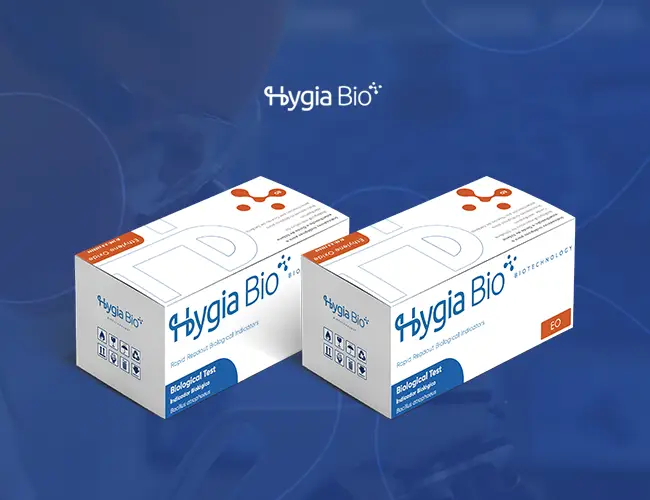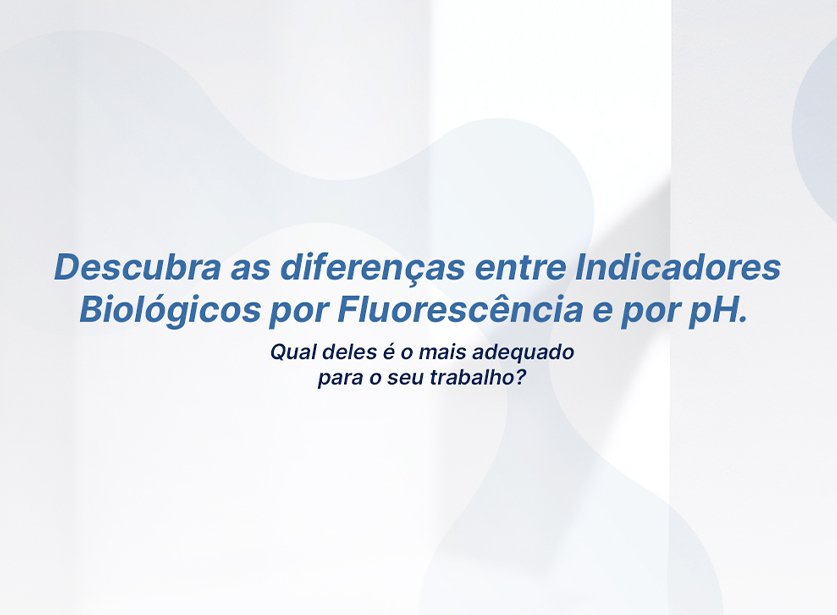Biological indicators are essential tools to ensure the efficacy of sterilization processes. They are used to detect the presence of living microorganisms in the sterilized material, which indicates that the process was not successful.
Sterilization is an essential process to the safety of the patients and product quality. It is used to eliminate all microorganisms, such as bacteria, viruses, funghi and other parasites.
The biological indicators are the only known method capable of ensuring efficacy of the sterilization process. They are capable of detecting the presence of live microorganisms, even in small quantities.
Biological indicators by fluorescence to ethylene oxide: what are they and how do they work?
Biological indicators by fluorescence to ethylene oxide sterilization is a type of biological indicator that uses fluorescence to detect the presence of living microorganisms. They are composed of a paper disk impregnated with bacteria spores that are resistant to sterilization processes by ethylene oxides and is a culture medium that contains a fluorescent indicator. If there are fluorescence, it means that the spores survived the sterilization processes and the material is not sterile.

Advantages of biological indicators by fluorescence for ethylene oxide:
- Precision: Biological indicators by fluorescence to ethylene oxide sterilization are usually more precise than other types of biological indicators, such as the one with pH. This occurs because fluorescence is a direct measure of germination and growth of spores.
- Fast time response: Biological indicators by fluorescence to ethylene oxide sterilization have a fast response time, usually from 2 to 4 hours. This allows that the results are obtained quickly, which is important to ensure patient’s safety and product quality.
- Usage easiness: Biological indicators by fluorescence to ethylene oxide sterilization are relatively easy to use. They require only the fluorescence reader.
Hygia Bio is a global leader in the fabrication of sterilization products. Their biological indicators by fluorescence to ethylene oxide sterilization are a trustworthy choice for health care professionals and other industries that require ethylene oxide sterilization.
The company possesses biological indicators of fast reading with reading cycles of 4 hours after incubation. The reading process consists in the reading of fluorescence that was produced by enzymes by the bacteria Bacillus Atrophaeus.
Biological indicators by pH to ethylene oxide
Biological indicators by pH to ethylene oxide are a type of biological indicator that are evaluated by the color change of the culture medium after its exposition to ethylene oxide.
These indicators are composed of paper disk impregnated with bacteria spores resistant to ethylene oxide and a culture medium that contains a pH indicator. If the spores survive the sterilization process, they’ll grow and will alter the culture’s pH. This alteration is detected through the color change and it is available after 24 hours of incubation.
To ensure maximum precision of the Biological indicators by pH to ethylene oxide, it is important to follow the
Hygia Bio is a global company leader in the fabrication of sterilization products. Our Biological indicators by pH to ethylene oxide are a trustworthy choice to health care professionals and other industries that require sterilization by ethylene oxide.
Hygia Bio is a brazilian company specialized in biosecurity solutions. The biological indicators by fluorescence and pH of Hygia Bio are a trustworthy and high quality option of sterilization monitoring. They are recommended for hospitals, laboratories and other essential medical applications. Our indicators can be read by the market’s main readers.







